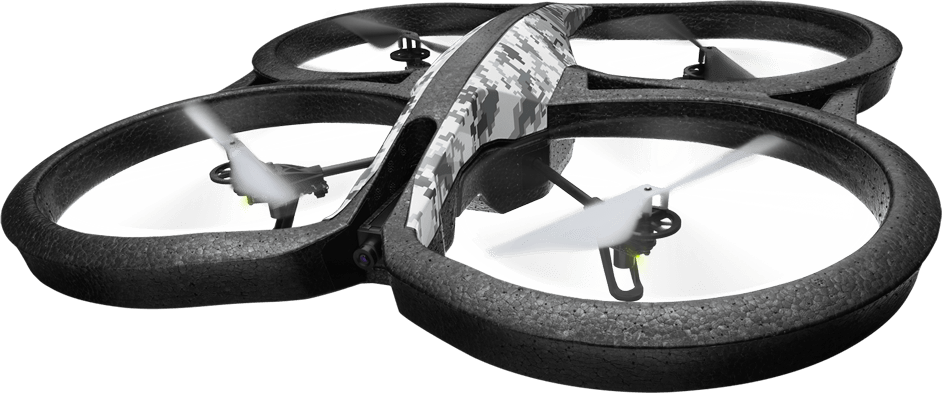Robotic Drone Referee: Difference between revisions
No edit summary |
|||
| Line 60: | Line 60: | ||
===World Model - Ultra Wide Band System (UWBS) - Trilateration=== | ===World Model - Ultra Wide Band System (UWBS) - Trilateration=== | ||
<p> | <p>One of the most important building blocks for the drone referee is a method for positioning. At all times, the drone state, namely the set {X,Y,Z,Yaw}, should be known in order to perform the refereeing duties. Of the drone state, Z and the Yaw are measured by either the drone sensor suite or other programs as they are required for the low-level control of the drone. However, in order to localize w.r.t. the field and to find X and Y, a solution has to be found. To this end, several concepts were composed. Of those concepts, trilateration using Ultra Wide Band Anchors (UWB) was realized. First, the rejected concepts are shortly listed, followed by a detailed explanation of the UWB system.</p> | ||
==Integration== | ==Integration== | ||
Revision as of 15:19, 31 March 2016
Abstract
Refereeing any kind of sport is not an easy job and the decision making procedure involves a lot of variables that cannot be fully taken into account at all times. Human refereeing has a lot of limitations but it has been the only way of proceeding until now. Due to the lack of information, referees sometimes make wrong decisions that can sometimes change the flow of the game or even make it unfair. The purpose of this project is to develop an autonomous drone that will serve as a referee for any kind of soccer match. The robotic referee should be able to make objective decisions taking into account all the possible information available. Thus, information regarding the field, players and ball should be assessed in real-time. This project will deliver an efficient, innovative, extensible and flexible system architecture able to cope with real time requirements and well-known robotic systems constraints.
Introduction - Project Description
Description here
System Architecture
Brief
System Architecture - Design Choices
Description here
Detailed System Architecture
Description here
Proof of Concept (POC)
Description here
Use Case-Referee Ball Crossing Pitch Border Line
Description here
Proof of Concept Scope
Description here
Defined Interfaces
Description here
Developed Blocks
Description here
Rule Evaluation
Description here
World Model - Field Line Estimator
Description here
Detection Skill
Description here
World Model - Ultra Wide Band System (UWBS) - Trilateration
One of the most important building blocks for the drone referee is a method for positioning. At all times, the drone state, namely the set {X,Y,Z,Yaw}, should be known in order to perform the refereeing duties. Of the drone state, Z and the Yaw are measured by either the drone sensor suite or other programs as they are required for the low-level control of the drone. However, in order to localize w.r.t. the field and to find X and Y, a solution has to be found. To this end, several concepts were composed. Of those concepts, trilateration using Ultra Wide Band Anchors (UWB) was realized. First, the rejected concepts are shortly listed, followed by a detailed explanation of the UWB system.
Integration
Description here
Tests & Discussion
Description here
Researched Blocks
Description here
Sensor Fusion
Description here
Cascaded Classifier Detection
Description here
Position Planning
Description here
Trajectory Planning
Description here
Motion Control
Description here
Localization
Description here
Discussion
Description here
